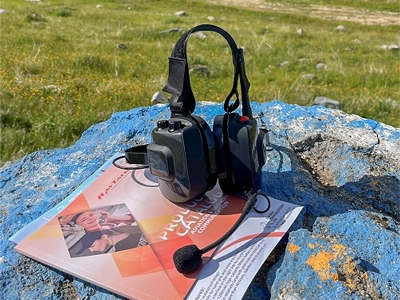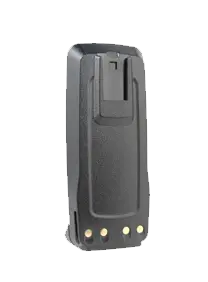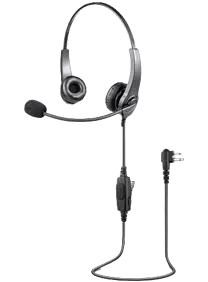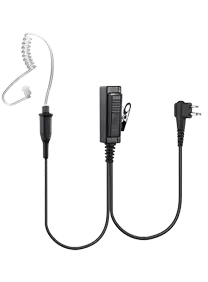In the fast-paced world of law enforcement, walkie talkies and shoulder mics are essential tools. They act like the "command baton" of police officers, helping them stay connected during work. But what makes these devices different? Let’s dive into it.
The walkie talkie is more than just a radio,it's a lifeline. Through the walkie talkie, officers can connect with their team instantly, reaching across distances and cutting through distractions.
The shoulder mic clips conveniently to an officer’s shoulder. Its main role? Enhancing call clarity, blocking out unwanted noise, and staying light for all-day comfort. Officers can adjust it easily for long shifts without feeling weighed down.
The Two-way radio communication walkie-talkie, typically worn on the belt, can sometimes be bulky and get in the way during quick movements. On the other hand, the shoulder mic is lighter, easier to operate, and allows police officers to communicate more discreetly, without needing to reach for the device.
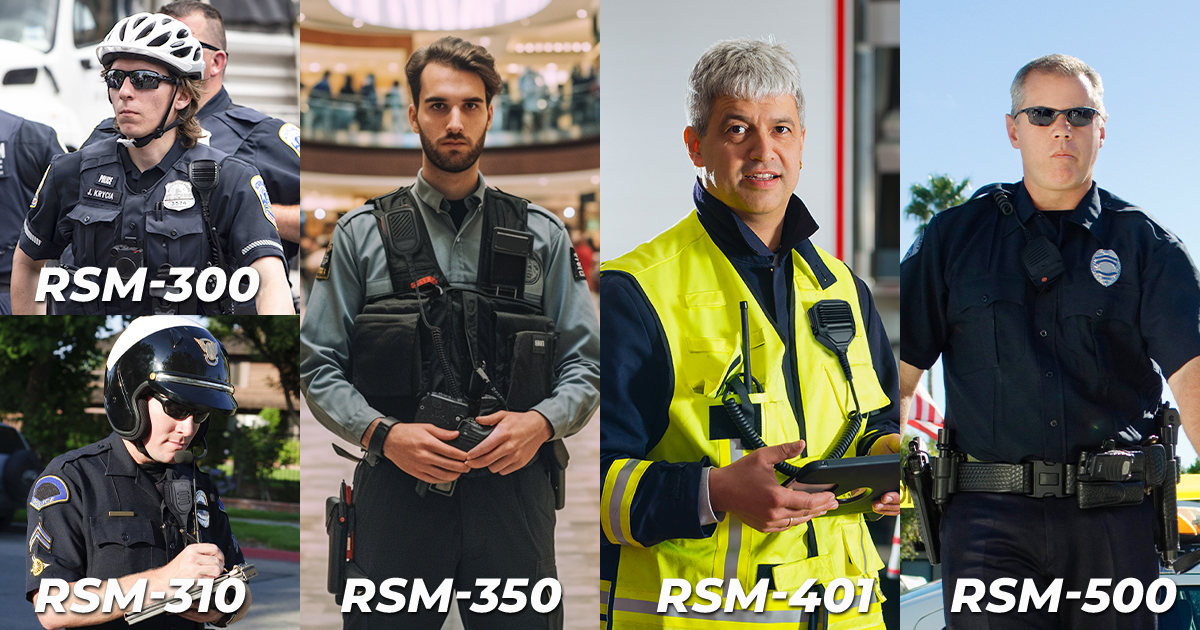
In short, both tools are vital for police work. Walkie talkies provide long-range radio communication and strong signals, while shoulder mics offer clear audio and hands-free ease. Officers use both to ensure they stay connected no matter what the job demands.
| Feature | Belt-Worn Radio | Shoulder Mic |
| Weight | Bulky and heavier | Lighter and more compact |
| Ease of Operation | Requires reaching for the device | Hands-free operation |
| Discreet Communication | Less discreet | More discreet |
| Risk of Dropping | Higher risk | Lower risk |
| Accessibility | Easily accessible | Requires reaching for the mic |
| Cost | Lower cost | Additional cost |
RayTalk provides high quality two-way radio accessories for law enforcement, police and other public safety. If you have any questions, feel free to contact us.
